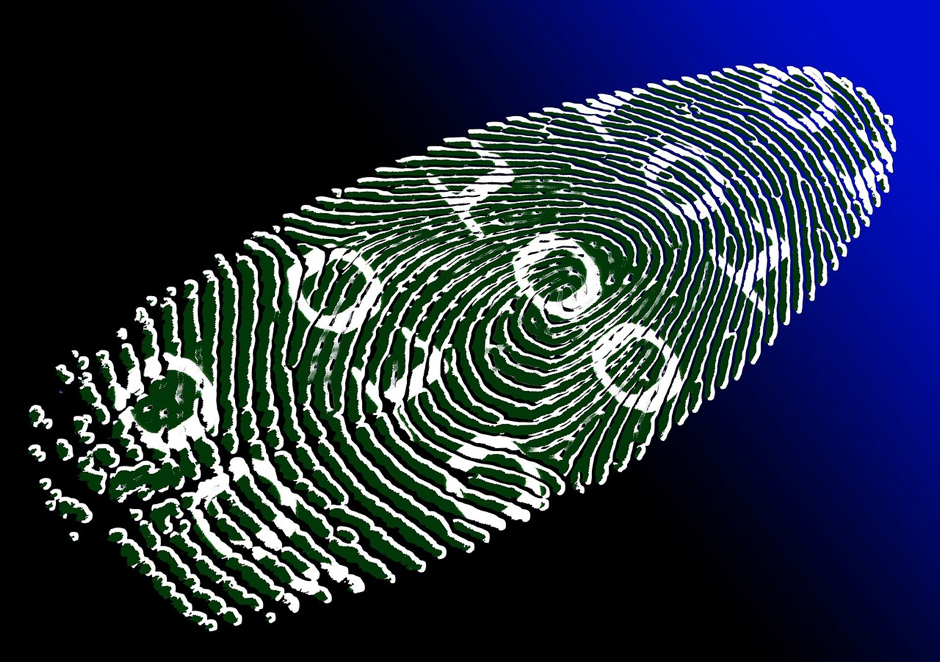Access control is a critical part of an effective security system. Many building and construction site security organisations are continuously researching and developing new technologies to build a more sophisticated and secure system of access control. The goal is to make the access control system, for the designated site as smooth and easy as possible, without sacrificing the security to prevent potential trespassers and criminals.
It may appear as though access control has not developed any new technologies or innovations compared to other security technology solutions. However, advancements have been made, and technological progress in the access control industry has been implemented in recent years.
One of the industry’s major innovations has become the incorporation and use of biometrics in access control. Also, the use of human microchipping to store data and simple access codes is another recent development. Read on to find out how these innovations are an integral part of access control technology.
Biometric Access Control
Biometric readers have become increasingly popular to improve security processes, specifically in environments where carrying a badge or fob is impractical. Also, biometric readers are less prone to counterfeiting, making them a more secure alternative compared to more traditional methods of access control.
Below are the different types of controls used for biometrics.
- Fingerprint Access
Using the fingerprint of an individual as verification for access control is a more secure means of identity authorisation. The technology works by having a centralised database of pre-scanned fingerprints of the approved personnel set up. Once this is in place, the security system administrator can then configure the system to allow specific individuals access to certain parts of the site, or full access to the site. The most beneficial aspect of using fingerprints as a factor for access is that it cannot be duplicated as everyone has their own distinct fingerprint.
The most common type of biometric technology is through recognition of fingerprints. Similar to other biometric variants, the set-up costs for access using fingerprints are generally cheaper and more straightforward.
- Face Recognition
Utilising face recognition to control access makes an already relatively easy process easier. It still has the same benefits as fingerprint access, as it is both reliable and easy to use. The system works by documenting an individual’s facial details, mapping the unique characteristics using an advanced algorithm, and storing data in a centralised system.
Facial recognition is becoming increasingly popular, particularly in cases where the environment may affect the condition of the hands of the user, or they need to wear gloves, such as in the construction industry. Although access control for facial recognition is not as common as access using fingerprints, the AI used in facial scanner systems is likely to continue to grow and improve. This means that one day the trend will change and eventually, facial scanners will be more favoured.
- Iris Recognition
Iris recognition is far more accurate than traditional swipe cards but less intrusive than other types of biometric measures. For each individual, this type of access control uses the coloured part of the eye (iris) as the identifier. Everyone has a unique iris, and the access system works by using invisible infrared and natural light to photograph the eyes of an individual.
A computer then processes this and stores it into a database. The computer identifies about 240 unique features (compared to a fingerprint system, about five times more “comparison points”). When registered, the authorised person simply needs to stand in front of the iris scanner to be recognised.
Microchipping
One more recent development in access control technology involves using human microchipping as a viable option for organisations. They have recently become an option for a more advanced and secure form of access control that is commercially available.
With a microchip embedded in your skin, not only can you open doors with a wave of your hand, but also future innovation plans to store data in the microchip, enabling other uses for the microchip to be developed.



